Lo sci è uno sport invernale incredibilmente popolare, praticato da milioni di persone in tutto il mondo. Gli sci sono l'attrezzatura essenziale per sciare e sono disponibili in diversi tipi e stili. Dai principianti ai... pro Per i professionisti, esistono sci progettati per ogni livello di sciatore. In questo articolo risponderemo ad alcune delle domande più frequenti sugli sci e sullo sci.
Non hai voglia di leggere? Prendi una scorciatoia qui:
Come si chiamano gli sci?
Gli sci vengono semplicemente chiamati sci, ma possono essere classificati in diverse tipologie in base al design, alla forma e all'uso previsto.
Preparati per la tua prossima avventura invernale
Quali sono i diversi tipi di sci?
Esistono diversi tipi di sci, tra cui:
1. Sci all-mountain
Sono gli sci più versatili e possono essere utilizzati su piste battute, gobbe e terreni fuori pista.
2. Sci da pista
Questi sci sono progettati per sciare su piste battute. Sono in genere più stretti e hanno meno rocker rispetto agli sci all-mountain.
3. Powder Sci
4. Sci freestyle
Gli sci da freestyle sono progettati per eseguire trick e acrobazie nello snowpark o nell'halfpipe. Sono in genere più corti e più maneggevoli rispetto ad altri tipi di sci.
5. Sci da gara
Gli sci da gara sono progettati per lo sci agonistico e sono solitamente più lunghi e rigidi rispetto ad altri tipi di sci.
6. Skiboard/Snowblade
Gli sci corti hanno in genere una lunghezza compresa tra 75 e 100 cm e sono progettati per curve veloci e trick divertenti sulle piste. Gli skiboard sono un'ottima scelta per principianti e sciatori più esperti, poiché sono più facili da manovrare e controllare rispetto agli sci più lunghi. Sono popolari anche tra gli sciatori freestyle e gli snowboarder che vogliono provare nuovi trick e acrobazie sulle piste.
Cosa sono gli sci all-mountain?
Gli sci all-mountain sono progettati per offrire ottime prestazioni in una varietà di condizioni, dalle piste battute ai terreni fuori pista. Sono versatili e adatti a sciatori di tutti i livelli.
Cos'è uno sci da pista?
Gli sci da pista sono progettati per sciare su piste battute. Sono in genere più stretti e hanno meno rocker rispetto agli sci all-mountain, il che consente un migliore controllo delle lamine e curve più veloci su neve compatta.
Perché si chiama pista?
La parola "piste" in francese significa "sentiero" o "sentiero". Nello sci, si riferisce alle piste battute di una stazione sciistica, preparate e mantenute per lo sci.
C'è differenza tra gli sci?
Sì, ci sono differenze tra gli sci, tra cui forma, larghezza, lunghezza e flessibilità. Diversi tipi di sci sono progettati per condizioni e stili di sciata diversi.
Dovrei usare degli sci per principianti?
Se sei uno sciatore principiante, ti consigliamo di usare sci progettati per principianti. Questi sci sono in genere più corti, più morbidi e più permissivi, il che li rende più facili da curvare e controllare.Tuttavia, pensate in modo economico e scegliete sci che potete usare indipendentemente dal vostro livello. Gli skiboard, ad esempio, sono ottimi sia per principianti, intermedi e
È possibile imparare a sciare a 30, 40 o 50 anni?
Sì, si può imparare a sciare a qualsiasi età. Lo sci è uno sport che può essere praticato da persone di tutte le età e molte stazioni sciistiche offrono lezioni e
Quanto velocemente posso imparare a sciare?
La velocità con cui puoi imparare a sciare dipende da diversi fattori, tra cui il tuo livello di forma fisica, la coordinazione e l'esperienza precedente con gli sport. Con
Come scegliere gli sci giusti?
1. Determina la tua abilità sciistica
2. Considera il tuo terreno preferito
Scegli la lunghezza più adatta a te
Se gli skiboard sembrano inadatti alla tua attività sciistica, dai un'occhiata a
3. Il Lunghezza dello sci
La lunghezza degli sci è un fattore importante da considerare. Sci più lunghiMa tieni presente che gli sci lunghi sono molto limitanti e ti terranno solo giù. Se hai paura di
Per qualsiasi altra situazione, considerate solo l'equilibrio tra il supporto degli sci più lunghi e la libertà degli sci più corti. Quando si tratta di lunghezza degli sci, non dovreste cedere al mantra dell'industria sciistica: "più lunghi sono, meglio è".Tieni a mente che vuoi goderti il viaggio e non stancarti trascinando due pesanti pezzi di legno attaccati ai piedi.
4. Larghezza e forma dello sci
5. Flessibilità e rigidità
La flessibilità dello sci si riferisce alla capacità dello sci di piegarsi sotto pressione. Flex più morbido
6. Associazioni e compatibilità
Sono disponibili skiboard più corti (fino a 99 cm di lunghezza) Anche con attacchi per scarponi da snowboard. In tal caso, puoi dare priorità al comfort.
Gli skiboard più lunghi (a partire da 120 cm) e gli sci lunghi sono dotati di attacchi sganciabili, il che li rende la scelta più sicura per qualsiasi tipo di discesa.
Sciare mette a dura prova le tue ginocchia?
Sciare può essere duro per le ginocchia, soprattutto se si hanno problemi al ginocchio preesistenti
Come si chiamano gli sci corti?
Gli sci corti si chiamano "skiboard", "
Cosa sono gli snowblade/skiboard/
skiblades ?
Gli skiboard sono un'ottima scelta per i principianti e sciatori più anziani, poiché sono più facili da manovrare e controllare rispetto agli sci più lunghi. Sono anche popolari tra gli sciatori freestyle e gli snowboarder che vogliono provare nuovi trick e acrobazie sulle piste.
Gli sci più lunghi sono più difficili?
Gli sci più lunghi sono generalmente più difficili da manovrare rispetto agli sci più corti, ma offrono diversi vantaggi per gli sciatori più esperti. Sci più lunghi
Gli sci più lunghi richiedono anche più forza e tecnica per essere controllati, quindi in genere non sono consigliati ai principianti o agli sciatori occasionali.
Nel caso in cui si vogliano sperimentare i vantaggi sia degli sci corti che di quelli lunghi, optare per gli skiboard o gli snowblade che sono abbastanza lunghi da
Nel caso in cui desideri qualcosa di più lungo
Come si chiama lo sci alpino?
Lo sci alpino è la forma di sci più popolare ed è anche conosciuto come sci alpino. Gli sci alpini sono progettati per l'uso su piste battute e
Gli sci alpini sono in genere più lunghi e rigidi rispetto ad altri tipi di sci, il che consente un migliore controllo delle lamine e curve più veloci su neve compatta. Sono inoltre dotati di attacchi che mantengono il tallone dello sciatore bloccato, il che
Come si chiama lo sci in piano?
Sci in piano, noto anche come
Quali sono i livelli delle piste da sci in Europa?
In Europa lo sci è diviso in quattro livelli principali di
Gli sciatori principianti sono in genere coloro che non hanno mai sciato prima o che hanno sciato solo poche volte. Gli sciatori intermedi hanno una certa esperienza e si trovano a loro agio sulle piste blu. Gli sciatori avanzati sono sciatori esperti in grado di affrontare terreni più ripidi e condizioni più impegnative. Gli sciatori esperti sono sciatori altamente qualificati ed esperti in grado di sciare su qualsiasi terreno e condizione.
Cos'è uno sci grasso?
Uno sci fat è un tipo di sci più largo degli sci tradizionali. Gli sci fat sono progettati per l'uso in discese profonde.
Gli sci fat hanno in genere una larghezza al centro di 100 mm o più, il che consente prestazioni migliori nella neve profonda. Sono inoltre dotati di tecnologia rocker, che li rende più facili da curvare e manovrare nella neve soffice.
Per molte altre informazioni interessanti, guarda il nostro video:
In conclusione, lo sci è uno sport divertente ed entusiasmante che richiede l'attrezzatura e la tecnica giuste. Conoscere i diversi tipi di sci e il loro utilizzo specifico può aiutarti a scegliere lo sci più adatto al tuo livello di abilità e alle condizioni in cui ti troverai a sciare.Quindi, che tu sia un principiante o uno sciatore esperto, esiste uno sci perfetto per te!
Prova qualcosa di nuovo

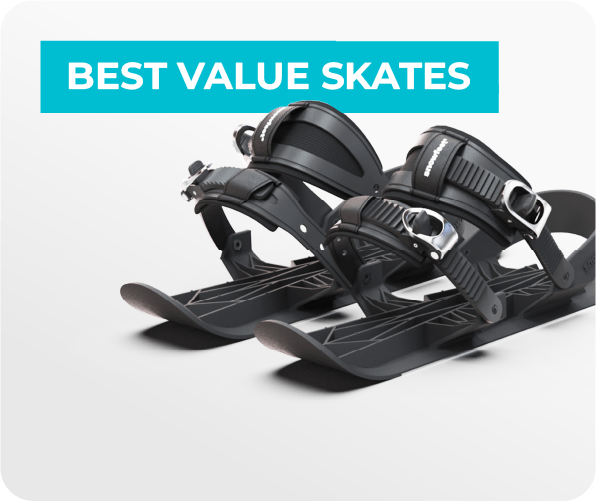
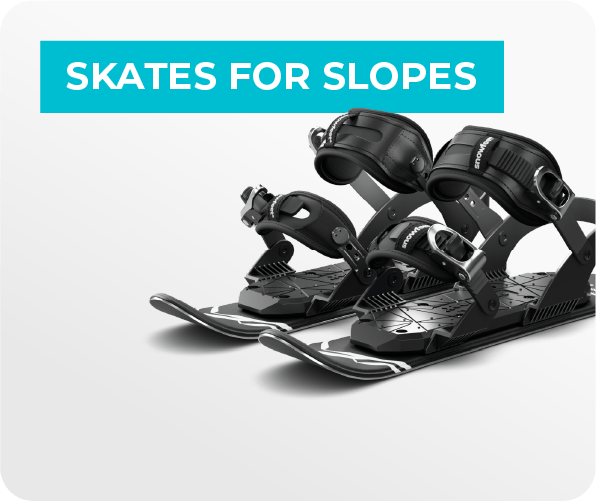
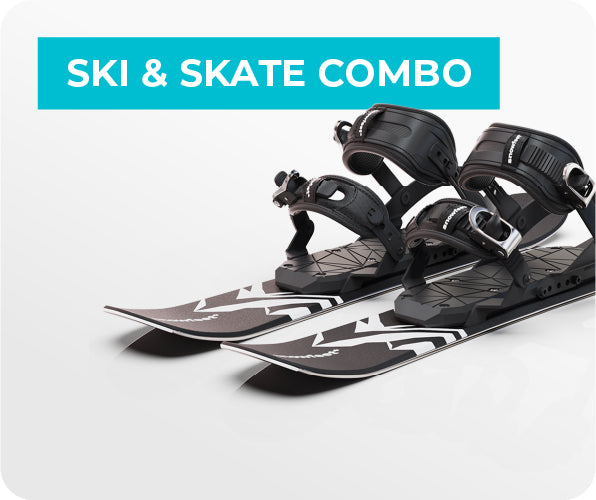
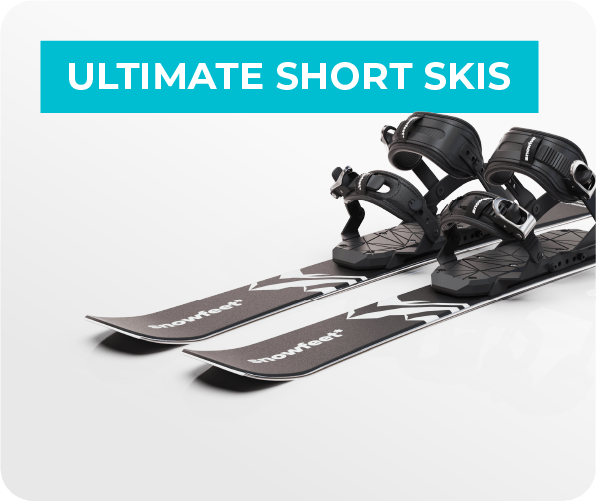
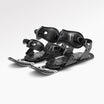
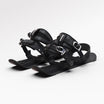
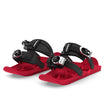
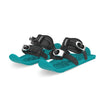
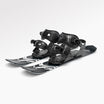
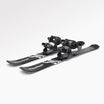
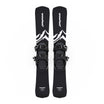
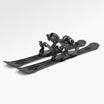
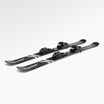
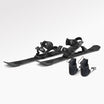
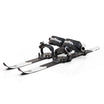
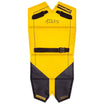
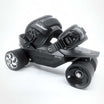
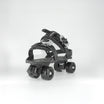
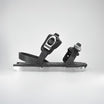


























282 commenti
ygwhcawgea
Muchas gracias. ?Como puedo iniciar sesion?
blsgiyejpb
Muchas gracias. ?Como puedo iniciar sesion?
fjdmrhjmvz
Muchas gracias. ?Como puedo iniciar sesion?
rhwoinsbdy
Muchas gracias. ?Como puedo iniciar sesion?
ckcfokxryc
Muchas gracias. ?Como puedo iniciar sesion?
Lascia un commento
Questo sito è protetto da hCaptcha e applica le Norme sulla privacy e i Termini di servizio di hCaptcha.